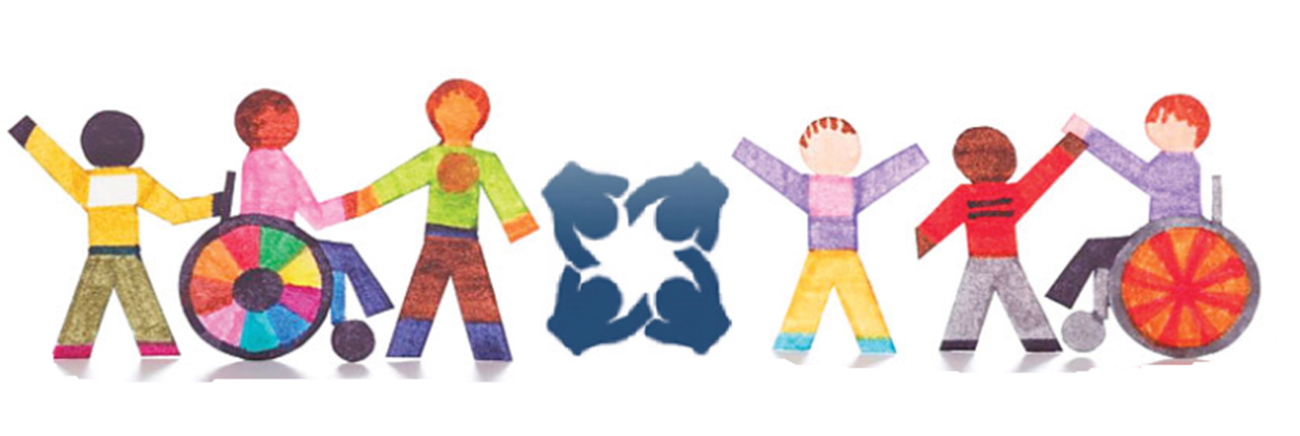Occupational & Physical Therapy

Julia Barnicle, PT, DPT, ATP Lead Occupational / Physical / Assistive Technology Therapist PAEC #803
Email: jbarnicle@paec803.org
Julia is a licensed Physical Therapist with 32 years of professional experience. She
began her career working for a hospital system in rural Ohio, where she gained a wide
range of experience in the areas of pediatrics, orthopedics, home care, and industrial
rehabilitation. She worked in a variety of settings, including hospitals, homes, and
schools, while providing patient care and overseeing Physical Therapy Assistants.
Julia enjoys working with children the most, which led her to join the Physical Therapy
Department of PAEC in 1996. During her time at PAEC, she has worked as a PT in
every member district. This has given her unique insight and experience for providing
services that best fit the individual needs of the students, the parents, and the schools
she serves.
Julia is the OT/PT Lead Therapist at PAEC, a role she has held for 18 years. She leads
and supports a talented and experienced staff dedicated to providing physical therapy
and occupational therapy services, which best meet the needs of the students. She has
treated or overseen the treatment of thousands of children of all ages and many
diagnoses throughout her years in the school system.
Julia is an Assistive Technology Professional and has been the AT Lead Therapist for
15 years. She has an interest in the role therapy equipment plays in facilitating and
improving student experiences and outcomes. Julia developed and created PAEC’s
Assistive Technology Team. This group is dedicated to determining and providing
appropriate technology to students. Examples of technology used include standers,
wheelchairs, communication devices, scooters, and sensory rooms.
A lifelong learner, Julia earned a BS in Physical Therapy from the University of Health
Sciences/The Chicago Medical School, a Certificate in Assistive Technology from the
University of Illinois at Chicago, a Doctorate in Physical Therapy from A.T. Still
University of Health Sciences, and she routinely participates in continuing education
courses. Julia is a member of IPTA, APTA, and RESNA and holds a physical therapy
license in Illinois and Ohio. She also works in the state’s Early Intervention program as
an evaluator and treating physical therapist. Additional professional experience
includes presenting as a guest lecturer at IAASE (Illinois Alliance of Administrators of
Special Education) with the OT/PT Coordinators group, and at Lewis University. Julia
helped create a therapeutic riding academy for children with special needs. Julia is
active in Scouting America as an assistant scoutmaster, committee member, and
religious emblems coordinator. She serves on Scouting America’s Pathway to
Adventure Council and District Conservation Committees, the Special Needs
Committee, and is a merit badge counselor, teaching conservation and health
care-related topics.
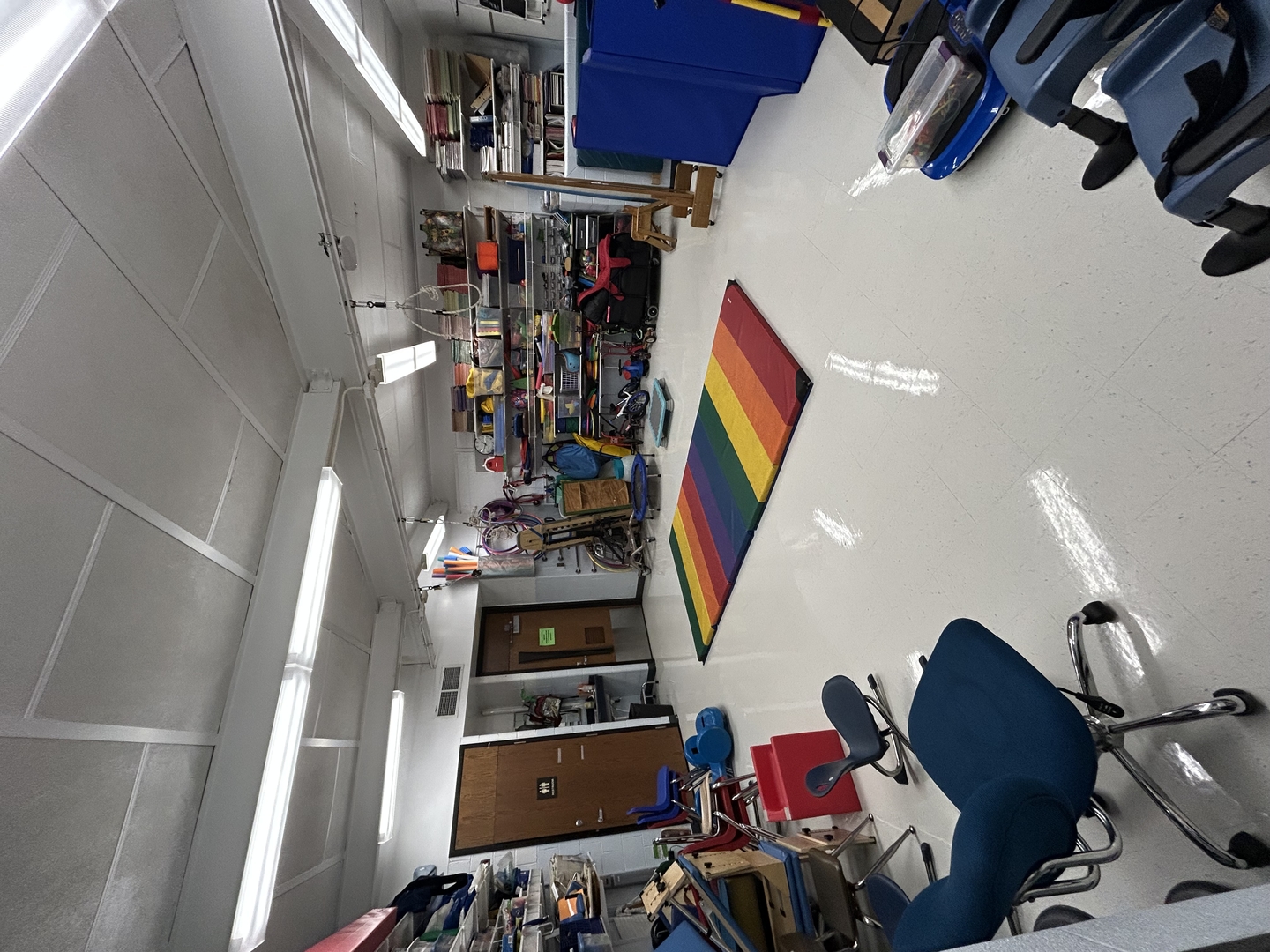
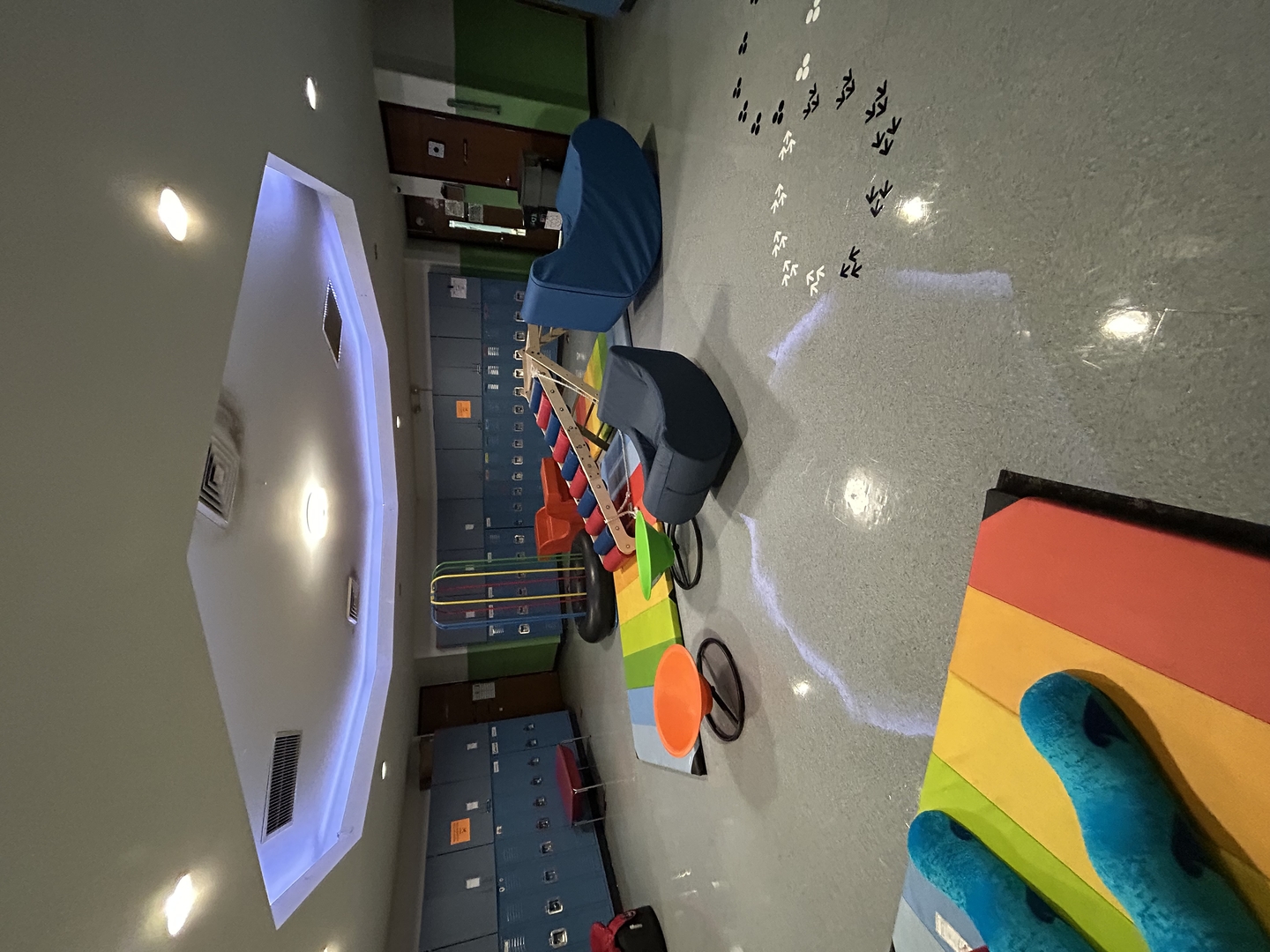
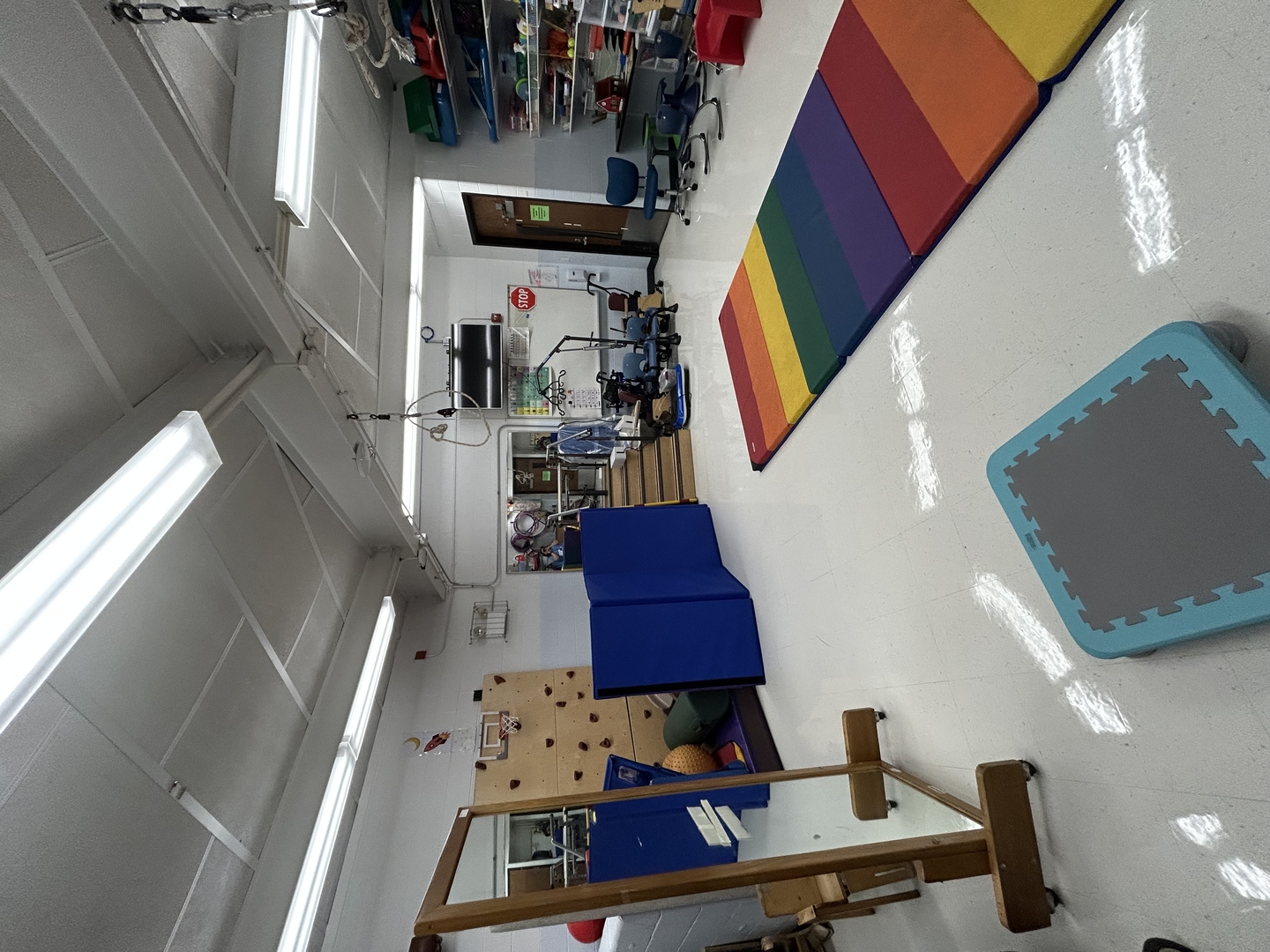
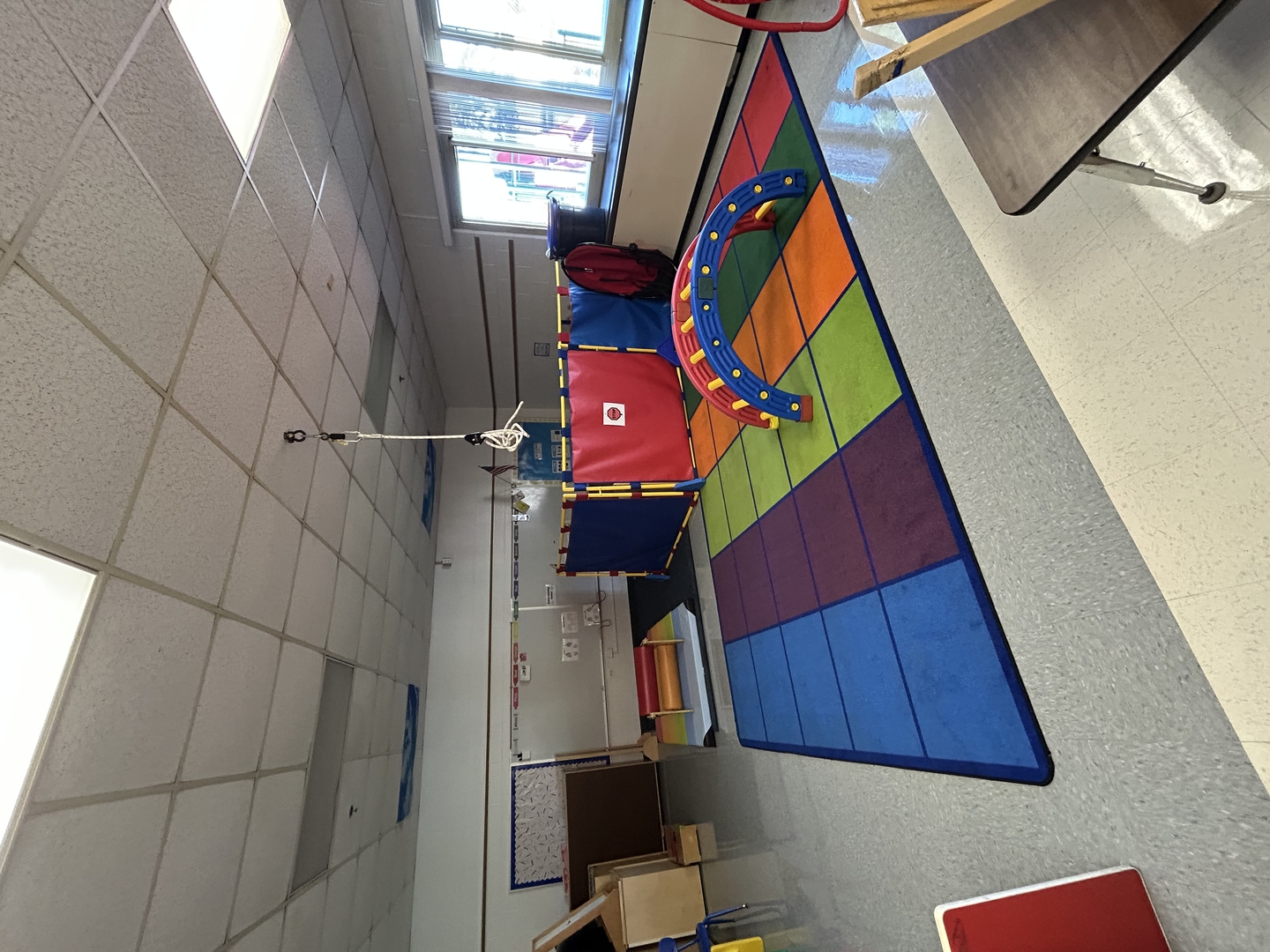
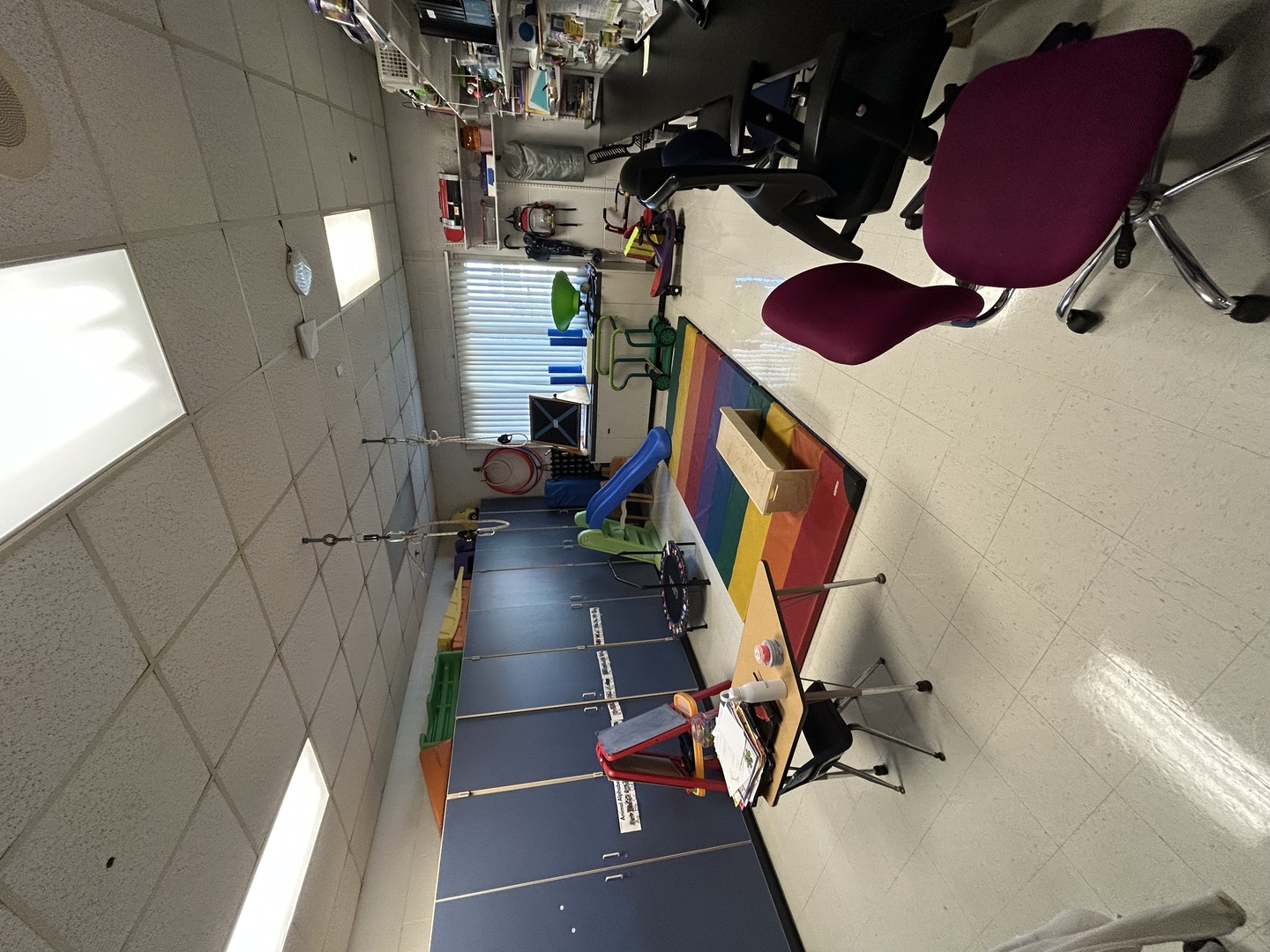
Services Offered to PAEC Students
Occupational therapy is a related service provided to students who need assistance to benefit from educational opportunities in the least restrictive environment and need assistance in overcoming educational deficits resulting directly/indirectly from a physical, sensory or motor disability. Occupational therapy services assist in promoting independence in daily living skills, increasing functioning through the use of adaptive/assuasive devices, facilitating muscle strength, motor coordination and range of motion, improving sensorimotor performance and improving fine motor/visual perceptual skills. Therapy goals developed for the student are observable, measurable and educationally relevant.
Physical therapy is a related service offered to those students whose gross motor development interferes with their educational progress and who may warrant services to overcome education deficits. Physical therapy services assist in improving functional mobility, facilitating gross motor development, minimizing postural deviations, strengthening muscles, adapting mobility equipment and re-educating the student’s movement patterns for functional use in order for the student to benefit from educational opportunities in the least restrictive environment. Therapy goals developed for the student are observable, measurable and educationally relevant.
OT and/or PT services are provided if the student’s physical or health impairment is so severe that he/she cannot develop his/her “educational potential” without special services, facilities or materials.
Referral criteria must include, but may not be limited to, the following:
-
Certification of a physical impairment or progressive physical disability by a licensed physician.
-
Significant motor impairment that would hinder the education potential of the student. This would be determined through an evaluation by a registered physical therapist or occupational therapist.
-
A serious progressive disease where a student may need protective environment to monitor stability if the disease is interfering with the development of the student’s educational goals.
- A student experiencing a motor and/or sensory deficit which adversely affects his/her educational progress.
Students between the ages of three through the day before their twenty second birthday may be referred for occupational therapy if they demonstrate fine motor problems, visual-motor/visual perceptual deficits, sensory integrative deficits or significantly delayed self-help skills. OT services may also be provided to students who need adaptive/assistive devices or students who have a permanent/progressive physical/health impairment which interferes with educational functioning.
Students between the ages of three through the day before their twenty second birthday may be referred for physical therapy services if they present physical disabilities such as spina bifida, cerebral palsy, muscular dystrophy, down’s syndrome, or other handicapping conditions that affect gross motor functioning. Students who are in need of assistive/adaptive devices such as braces, artificial limbs, or wheelchairs may be eligible for PT services. In addition, students with significant delays in gross motor development may also be eligible for services. Gross motor delays may be characterized by difficulty negotiating the environment, and unusual gait, or poor balance and equilibrium reactions.


